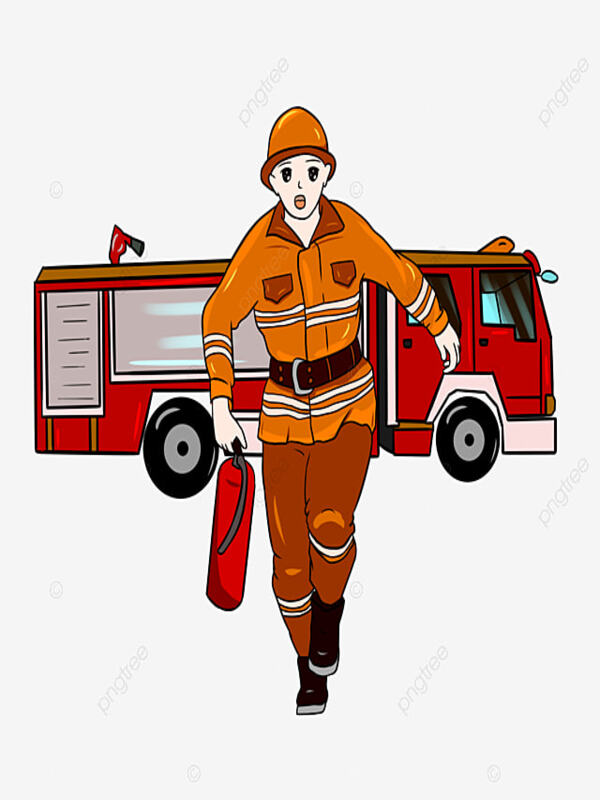Drawings
Drawings are an essential component of MEPF (Mechanical, Electrical, Plumbing, and Fire Protection) system design and installation. They provide visual representations of the system layout, component placement, and other important details. Here are some key drawings commonly used in MEPF system documentation:
1. Architectural Drawings:
Floor Plans: Show the layout of the building, including walls, rooms, and major architectural features. These plans serve as the foundation for MEPF system design, indicating the spaces where systems will be installed.
Reflected Ceiling Plans (RCP): Depict the layout of the ceiling, including lighting fixtures, HVAC diffusers, and other ceiling-mounted components. RCPs help coordinate MEPF systems with architectural elements.
2. Mechanical Drawings:
HVAC Plans: Illustrate the layout of heating, ventilation, and air conditioning systems, including equipment locations, ductwork routing, and diffuser placements. These drawings show supply and return air pathways, equipment sizing, and other details related to the HVAC system.
Equipment Layouts: Provide detailed diagrams indicating the placement of mechanical equipment such as boilers, chillers, pumps, air handling units, and fans. These drawings consider equipment clearances, access, and connection points.
3. Electrical Drawings:
Power Plans: Show the electrical distribution system, including main service panels, subpanels, circuit breakers, and wiring routes. These plans illustrate power sources, equipment connections, and the overall electrical layout.
Lighting Plans: Depict the location and type of lighting fixtures throughout the building. They include details on switches, controls, emergency lighting, and lighting levels required for different areas.
Single Line Diagrams: Provide a simplified representation of the electrical system, indicating the main electrical components, their interconnections, and power flow.
4. Plumbing Drawings:
Plumbing Plans: Illustrate the layout of water supply and drainage systems, including pipe routing, fixture locations, and connection points. These plans depict water supply lines, sanitary and storm drain lines, and plumbing fixtures.
Isometric Drawings: Three-dimensional representations of plumbing system components, including pipes, valves, and fixtures. Isometric drawings provide a more detailed view of the plumbing system, showing elevation changes, slopes, and connection details.
5. Fire Protection Drawings:
Fire Sprinkler Plans: Show the layout of sprinkler pipes, sprinkler head locations, control valves, and alarm devices. These plans indicate the design and coverage of the fire sprinkler system.
Fire Alarm Plans: Depict the location of fire detection devices, alarm notification devices, control panels, and emergency exits. These drawings show the zones, circuits, and interconnections of the fire alarm system.

